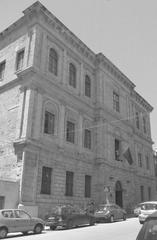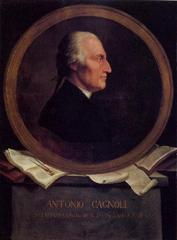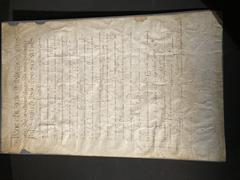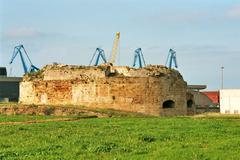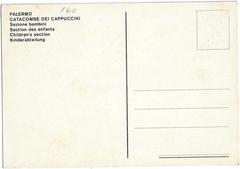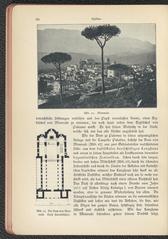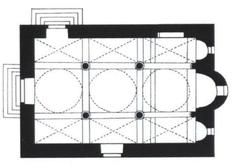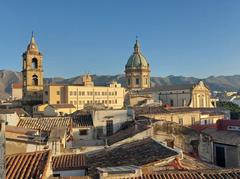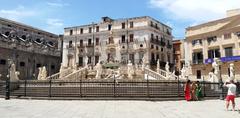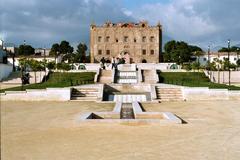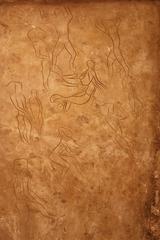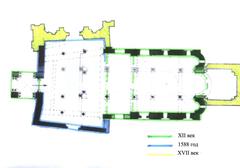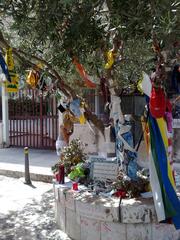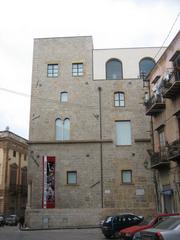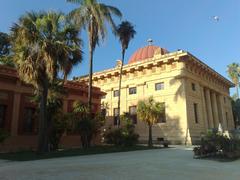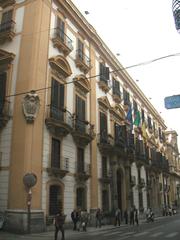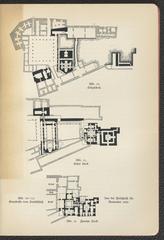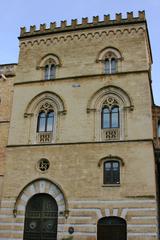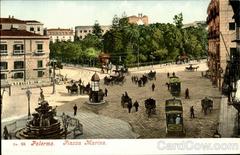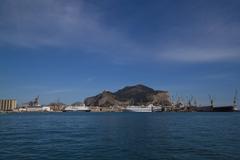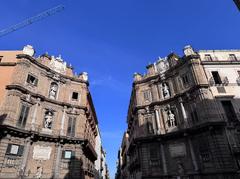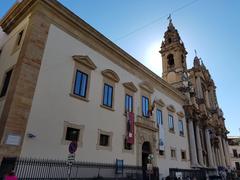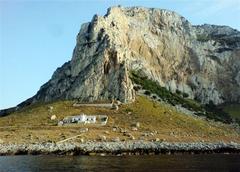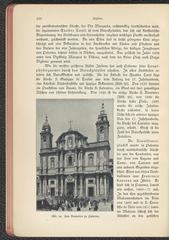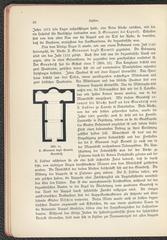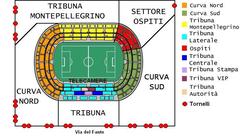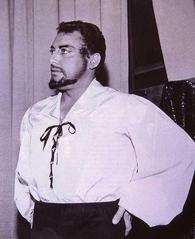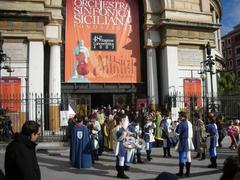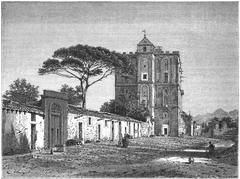La Magione Palermo: Visiting Hours, Tickets, and Historical Sites Guide
Date: 04/07/2025
Introduction
La Magione, officially known as the Basilica della Santissima Trinità, is one of Palermo’s most treasured landmarks—a living testament to the city’s layered history and cultural intersections. Founded in the late 12th century, this basilica embodies the Arab-Norman architectural synthesis that defines much of Palermo’s medieval identity. As both a spiritual center and a witness to centuries of religious, military, and social change, La Magione invites visitors to explore its unique features, accessible visiting hours, and the rich surrounding district of Kalsa. This guide provides detailed information on La Magione’s history, architecture, visiting logistics, and nearby attractions to help you plan an enriching visit (palermoviva.it, wondersofsicily.com, Comune di Palermo).
Table of Contents
- Discover La Magione: Why Visit?
- History of La Magione
- Visitor Information
- Architectural Highlights
- Visitor Experience
- Frequently Asked Questions (FAQ)
- Visual Media and Maps
- Summary and Travel Tips
- References
Discover La Magione: Why Visit?
La Magione is a must-see for anyone interested in Palermo’s multicultural history, Arab-Norman architecture, or the spiritual life of Sicily. Its serene setting, rich artistic heritage, and proximity to other major attractions make it ideal for travelers seeking a meaningful and accessible cultural experience.
History of La Magione
Foundation and Early Orders
La Magione—whose name derives from the Latin “mansio” (meaning “residence”)—was founded between 1191 and 1193 by Matteo D’Aiello, chancellor to the last Norman king, Tancredi. Initially entrusted to the Cistercian order, the church reflected the influence of Western monasticism and the theological priorities of the time.
The Teutonic Knights and Later Transformations
In 1197, Emperor Henry VI transferred the complex to the Teutonic Knights, who expanded its facilities with chapels and a hospital for Germanic pilgrims. La Magione served as the Knights’ Sicilian headquarters, intertwining military and religious roles. In 1492, it became a commendam under Cardinal Rodrigo Borgia (later Pope Alexander VI), prompting further architectural and liturgical changes.
Architectural Evolution
La Magione’s design exemplifies the Arab-Norman style, blending Norman, Islamic, and Byzantine elements. The basilica features three naves separated by pointed ogival arches, monolithic columns with vegetal capitals, and an apse adorned with interlaced arches. Its 19th- and 20th-century restorations, notably by Giuseppe Patricolo and Francesco Valenti, preserved its medieval character despite severe World War II damage (palermoviva.it, wondersofsicily.com).
Cultural and Religious Significance
La Magione has played a central role in Palermo’s spiritual and civic life. As an active place of worship, it continues to host masses and religious ceremonies. The basilica is also a symbol of resilience, situated near the birthplace of anti-Mafia judge Giovanni Falcone.
Visitor Information
Visiting Hours and Tickets
- Opening Hours: Generally open daily from 9:00 AM to 6:00 PM. Hours may vary during religious services or special events; check official sources before your visit.
- Entry Fee: Admission is free. Donations are appreciated to support ongoing preservation.
- Guided Tours: Available through local tour operators or upon request; advance booking recommended for groups (Comune di Palermo).
Accessibility and How to Get There
- Address: Piazza Magione, Palermo, in the historic Kalsa district.
- By Bus: City bus lines 101, 102, and 103 stop nearby.
- By Foot: Approximately 10 minutes’ walk from Palermo Central Station.
- Parking: Limited street parking; paid garages available nearby.
- Accessibility: Ramps at the main entrance; partial wheelchair accessibility. Contact in advance for assistance with mobility needs.
Best Times to Visit
Visit early in the morning or late in the afternoon on weekdays for a quieter experience and optimal lighting for photography. Summer afternoons can be hot, and some businesses close for siesta between 1 PM and 4 PM.
Guided Tours and Special Events
La Magione occasionally hosts religious ceremonies, art exhibitions, and cultural events. Check local listings or the official tourism website for schedules. Guided tours provide deeper insight into the basilica’s layered history and architecture.
Nearby Attractions
- Palazzo Abatellis: Regional Gallery of Sicily.
- La Martorana & San Cataldo: UNESCO-listed Arab-Norman churches.
- Ballarò & Vucciria Markets: Vibrant street markets with Arab heritage.
- Piazza Marina: Historic square with gardens and weekend markets.
Architectural Highlights
Exterior and Cloister
La Magione’s fortress-like exterior, with robust stonework and rounded arches, represents the defensive priorities of Norman Palermo (Spotting History). The open Piazza Magione enhances its monumental presence, unlike other churches enclosed by city buildings. The cloister, a tranquil sanctuary with arcaded walkways and a central fountain adorned with Arabic script, reflects Islamic influences in both form and atmosphere (For91Days).
Interior and Symbolic Elements
The interior features a nave and side aisles, with pointed arches and minimal ornamentation in keeping with Cistercian simplicity. Notable artworks include a 16th-century holy water stoup, a blessing Christ from the Gagini workshop, and a Pietà by Archimede Campini. The distinctive stone cross pattée symbolizes the Teutonic Knights’ legacy.
Funerary Monuments and Piazza Magione
La Magione is the burial site of Prince Roger III and King Tancred, underscoring its importance as a royal mausoleum. The surrounding piazza, created after World War II bombings, offers a peaceful, open space ideal for reflection and appreciating the basilica’s architecture (GPSmyCity).
Preservation Efforts
Ongoing restoration has focused on stabilizing the structure and conserving its Norman-Gothic features, ensuring that visitors experience the church’s authentic medieval character (Spotting History).
Visitor Experience
Atmosphere and Setting
Visitors are greeted by the shaded, spacious Piazza Magione and the basilica’s imposing façade. The Kalsa district’s eclectic architecture, historical depth, and lively markets make the area a vibrant cultural hub (We Are Palermo).
Photography, Safety, and Local Etiquette
- Photography: Allowed for personal use; refrain from using flash or disturbing worshippers, especially during services.
- Safety: Palermo is generally safe, but visitors should remain vigilant for petty crimes such as pickpocketing in crowded areas (Gamin Traveler).
- Etiquette: Modest attire is required inside the basilica. Maintain silence and respect during religious ceremonies.
Frequently Asked Questions (FAQ)
Q: What are La Magione’s opening hours?
A: Generally 9:00 AM–6:00 PM daily; verify locally for updates.
Q: Is there an entrance fee?
A: No, entry is free; donations are welcome.
Q: Are guided tours available?
A: Yes, through local operators or by request.
Q: Is La Magione wheelchair accessible?
A: Partial accessibility; contact in advance for assistance.
Q: Can I take photographs inside?
A: Yes, except during religious services and where otherwise indicated.
Q: What attractions are nearby?
A: La Martorana, San Cataldo, Palazzo Abatellis, Ballarò and Vucciria markets, and Piazza Marina.
Visual Media and Maps
- Exterior view of La Magione basilica in Piazza Magione, Palermo (alt: “La Magione Basilica with Arab-Norman architectural façade”)
- Interior with monolithic columns and ogival arches (alt: “Interior of La Magione with Norman arches and columns”)
- Cloister arcades and Arabic inscriptions (alt: “La Magione cloister with Arabic script and central fountain”)
- Piazza Magione open space (alt: “Piazza Magione square in Palermo”)
Virtual tours and interactive maps are accessible via the Official Palermo Tourism Website.
Summary and Travel Tips
La Magione Basilica encapsulates the essence of Palermo’s historical and cultural tapestry. Its Arab-Norman architecture, spiritual significance, and legacy as a former seat of the Teutonic Knights make it a key destination for understanding Sicily’s multicultural past. Free admission, central location in the Kalsa district, and proximity to other attractions ensure a rewarding visit. For the best experience, consider joining a guided tour, plan your visit for quiet hours, and explore the vibrant Kalsa neighborhood. Stay updated on events and visitor information via official tourism channels and enhance your journey with digital tools like the Audiala app (palermoviva.it, Comune di Palermo, wondersofsicily.com).
References
- La Magione Palermo: Visiting Hours, Tickets & Historical Guide to Palermo’s Ancient Basilica, 2025, palermoviva.it (palermoviva.it)
- La Magione Basilica in Palermo: Visiting Hours, Tickets, and Cultural Significance, 2025, wondersofsicily.com (wondersofsicily.com)
- La Magione Palermo: Visiting Hours, Tickets, and Architectural Highlights, 2025, spottinghistory.com (spottinghistory.com)
- La Magione Visiting Hours, Tickets, and Visitor Guide: Discover Palermo’s Historic Gem, 2025, Comune di Palermo (Comune di Palermo)
- Exploring Norman-Arab Architecture in Sicily (For91Days)
- Piazza Magione (Magione Square) (GPSmyCity)
- Palermo Travel Safety Tips (Gamin Traveler)
- Palermo Local Tips (We Are Palermo)
